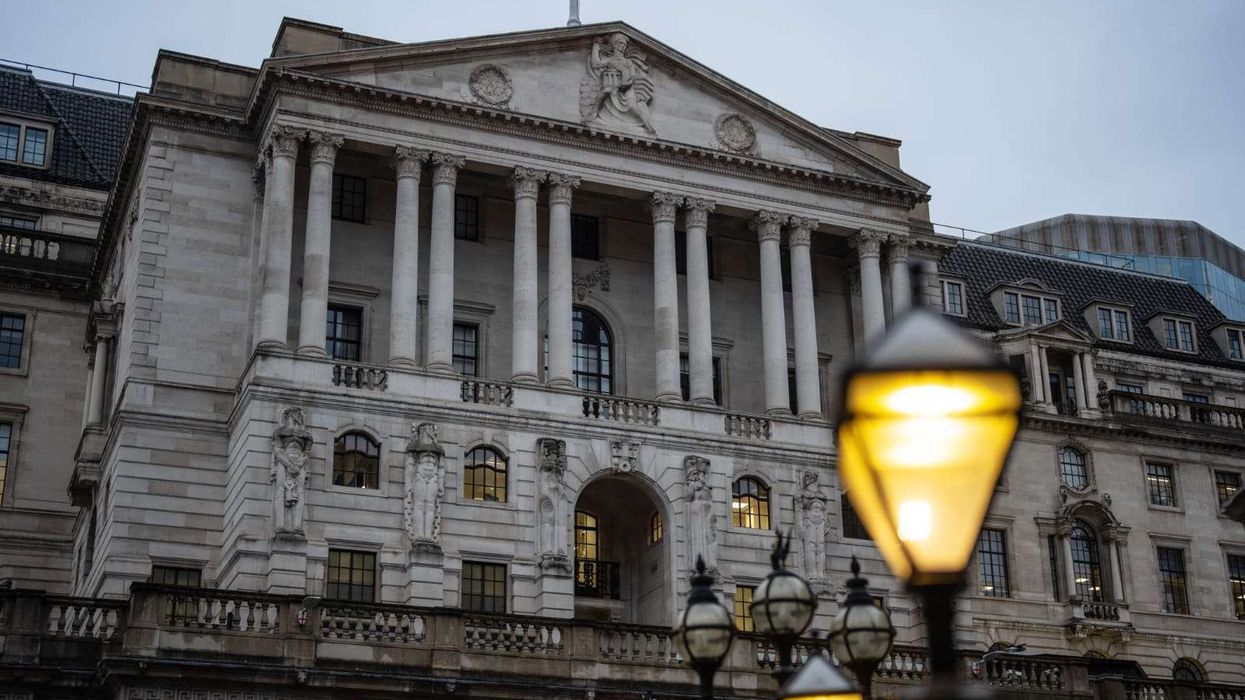Want to spend a romantic weekend in Cliveden – now a sumptuous hotel in Berkshire, but once the seat of the aristocratic Astor family where war minister John Profumo seduced the nubile Christine Keeler in the early 1960s and triggered the fall of Harold MacMillan’s government?
This is also where a fine upstanding Pakistani gentleman was invited to cross the line of control and join in the fun and games – whether he did was never confirmed, but Pakistan president General Ayub Khan was certainly present – and cast in Andrew Lloyd Webber’s musical, Stephen Ward, based on the Profumo affair, at the Aldwych Theatre in 2013-2014.
Or fancy a sundowner after a round of golf at the Gleneagles Hotel in Scotland?
Britain’s luxury brands, which have taken on added significance in the post-Brexit era, are targeting overseas markets – especially India and sophisticated Indians.
Many of Britain’s luxury brands held an open day last week at the headquarters of the Royal Institution in Albemarle Street, Mayfair, a venue normally used for science lectures.
The occasion was organised by Walpole, “a unique alliance of 170 of Britain’s finest luxury brands, including Burberry, Alexander McQueen, Rolls-Royce Motor Cars, Boodles, Harrods and Jimmy Choo, worth £32 billion to the British economy”, and WGSN, “the world’s leading trends authority”.
Brand represented at the open day included Walkers shortbread, which apparently sells well in India.
There were also Fortnum and Mason, the upmarket department store; Molton Brown personal care products; Aurelia probiotic skincare; a new gin called Half Hitch; leather goods from Ettinger (a belt for a man can cost £125); shoes by Aruna Seth; paper products from GF Smith; and Savoir Beds, whose customised beds made from horse hair can cost £57,000.
Speakers at the conference included Mark Henderson, chairman of Gieves & Hawkes, Savile Row tailors, and Richard Carter, director of global communications at Rolls-Royce Motor Cars, “one of the most prestigious brands in the world”.
Once, Rolls-Royce was almost single-handedly kept in business by the patronage of India’s maharajahs. Today’s the car remains popular with the new business kings in the UK, among them Lord Swraj Paul, Kartar Lalvani, Dr Rami Ranger and the Hinduja family.
Although Rolls-Royce, now German owned, has been going for 135 years, the battle to maintain market share for even famous brands is getting ever more competitive.
To thrive in a competitive environment, luxury brands should invest in three key areas between now and 2020, according to new research by global trend forecaster WGSN.
A new report, How to attract the luxury consumer in 2020 suggested three ways of luring luxury consumers.
These were “exclusive collaborations with relevant partners, secret and exclusive brand experiences and personalised online experiences”.
In determining what is “cool” and “must have”, Michael Ward, chairman of the Walpole, the industry body, said: “Social media trends are very important.”
And this is why India, with probably the fastest growing mobile phone market in the world, has become a target for British luxury brands.











